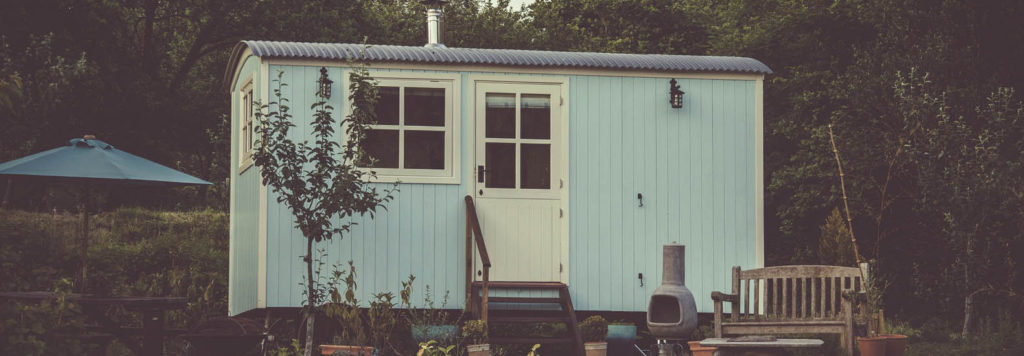[ad_1]
With housing market challenges, the tiny house is seeing a huge influx to service both the lack of affordable housing for first-time home buyers as well as people looking to downsize their lives. As a designer who embarks on the long journey of building from the ground up, I find that managing my clients’ expectations before we build anything always makes the process smoother for them. If you’re thinking of shrinking your life, here are some basic considerations to factor into your decision.
Continue reading below
Our Featured Videos
Tiny houses fall into two categories: those with wheels and the stationery house. Since the wheels consign the house to the RV category, and therefore a whole other set of zoning considerations, we’ll stick with the stationery house for the purposes of this article.
Related: This modular home by Tomu has the most stylish designs
Before you put together a budget or a design plan, know the zoning codes in your community. You can’t just build anywhere that you have land, say your family farm or a friend’s backyard. Building codes on new land factor in things like access and egress. They also depend on whether or not you can bring utility services to the spot you’d like to build on.

Buying land
You’ve driven around and looked for the perfect place to watch the sunsets and tend to your veggie garden. The “For Sale by Owner” sign holds the promise of negotiable pricing. Now what? If you’re going to invest in a parcel of land to put your new house on, there are some major considerations here.
Get in touch with a local realtor and find out why the property is on the market. Realtors usually know what’s for sale in their area even if they don’t carry the listing. They can also be very helpful in negotiating a contract that protects you in case the land can’t be developed for your purposes. Some questions to consider: How long has it been listed? Has anyone ever tried to pull permits to build there?
I often have clients get really excited about a large parcel of land that they can subdivide in the future to offset the costs of their build. Conversely, you may want to surround yourself with the bucolic setting you’ve found and never see another house on the horizon. Moreover, knowing in advance how the land can be divided or if it’s protected by a state park that abuts it can prevent any big surprises down the road.

Grandfather laws
If there’s a derelict house on the property, and the plan is to tear it down, build in the same spot and take advantage of the services already run to the defunct house, there are a few questions to bring to your local municipal clerk’s office.
Grandfathering clauses in real estate mean that the old rules from when the house was built still apply. But if you plan on tearing down that entire structure, you may be faced with bringing the property’s services up to today’s codes. Leaving a certain percentage of an existing structure can help bypass that or keep the property grandfathered. In doing so, you will save major dollars on your new build.
Utility services
Your property’s ability to bring utility services to the land is the difference between it being certified for occupancy or not. If you can’t get a septic system on the land, you might never get approved to build.
Solar panels are often used to generate the electrical needs of these tiny treasures. However, access to water, septic and trash services are major considerations. If you choose solar, make sure you have a plan for when sunlight isn’t as plentiful.
Submit plans to your local zoning board
Professionally done building plans are not only a road map for you and your contractor, they also need to be submitted to your local zoning board for approval. This ensures the home is going to be built to code and will help when it’s time to get insured.
Investing in professional plans will save you money and major headaches in the long run. Period. You’ll work out most of the kinks by having a design professional involved from the very beginning.

Live smaller
Try it out. Don’t tell yourself you’re only going to stay in the living room for three days. You won’t. Go stay in an actual tiny house. Rent a tiny cabin for three days and see how you do. It isn’t always the right option for everyone, and it’s better to know that before you invest in this new trimmed-down lifestyle.
If I were Goldilocks trying to get into the tiny house game, I can tell you the middle bed is just right for me. Too small and I feel uninspired and claustrophobic. Too big and I feel like a marble loose in a pinball machine.
I thought I was the perfect candidate for tiny living and planned a very streamlined weekend for myself. I would barbeque under the stars next to a crackling fire pit, take long walks, swim in the local water. Then, it rained. And it rained some more. That experience helped me make some big adjustments to how small I wanted my tiny house to be.
Take everything into consideration and speak to professionals about building your perfect tiny house.
Images via Pexels
[ad_2]
Source link

